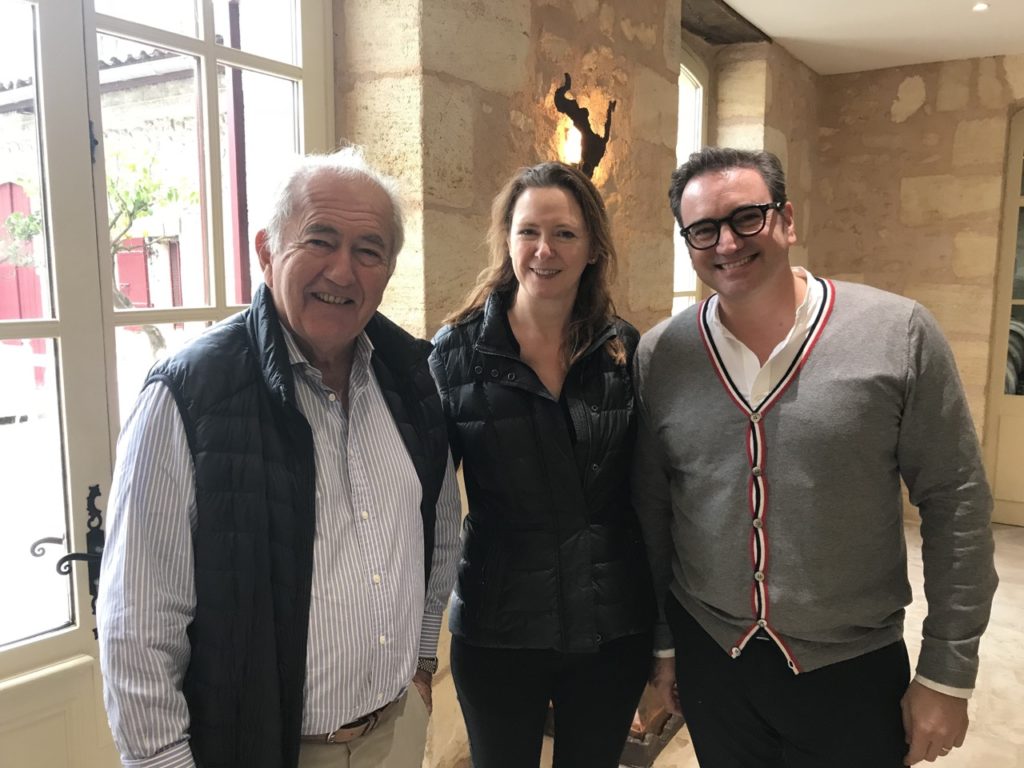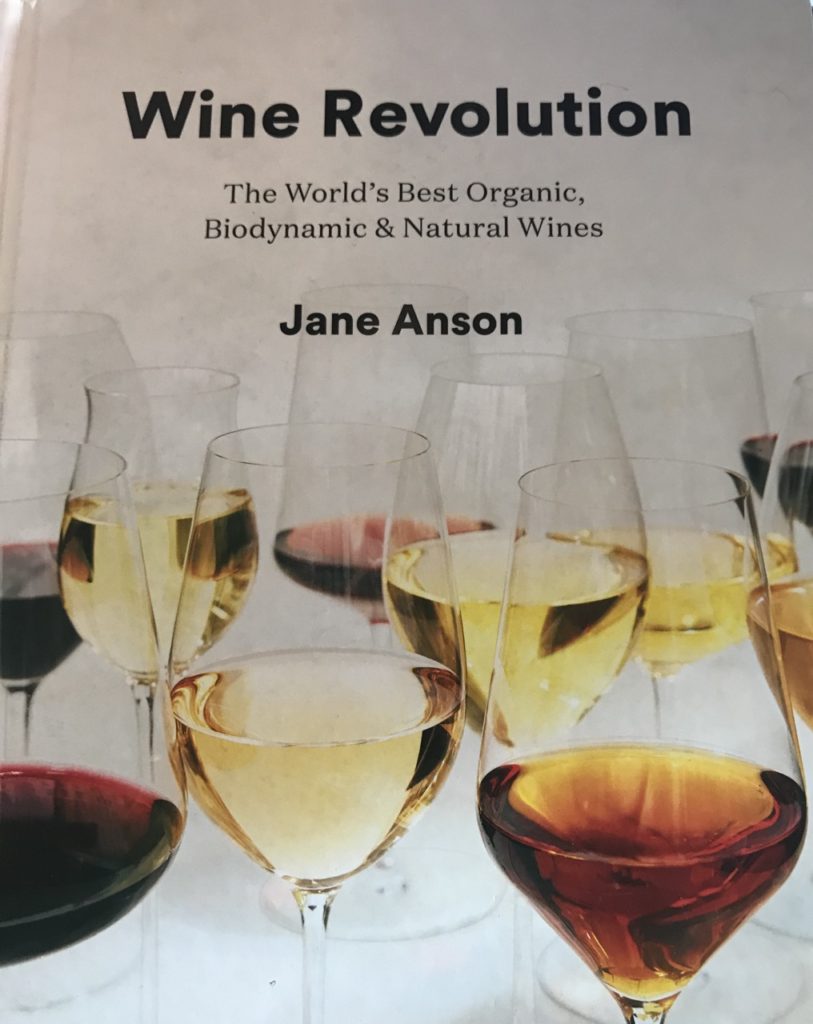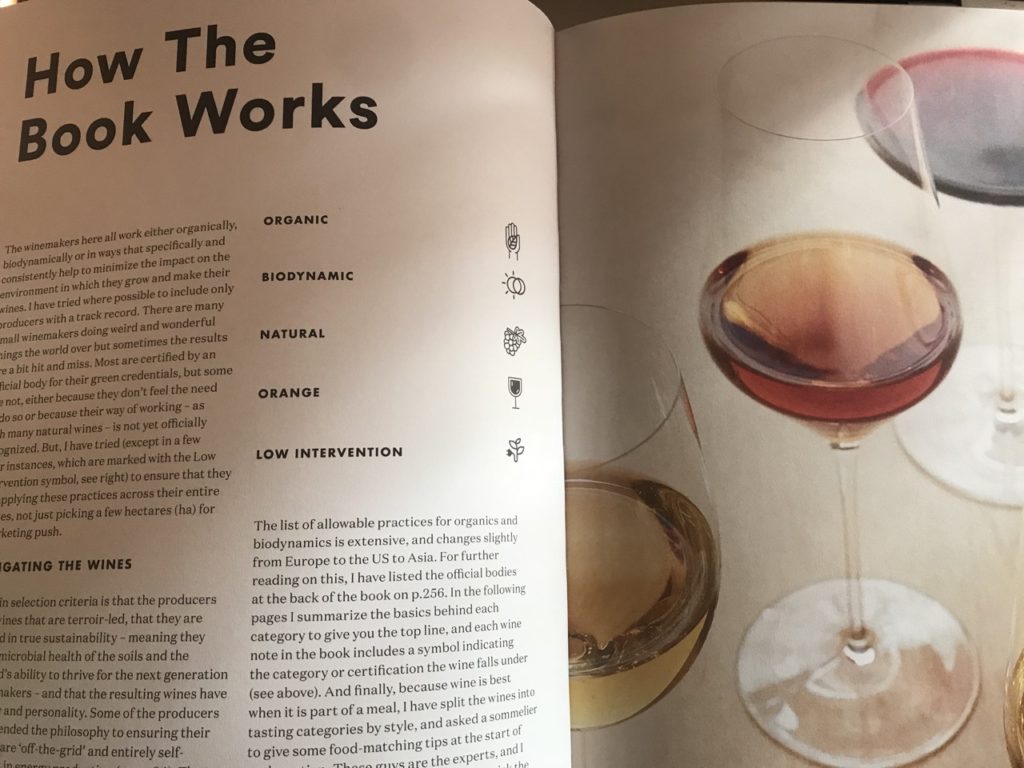Talkin bout a (wine) revolution

Book Review by Panos Kakaviatos
9 December 2017
What’s in a wine glass? These days: more than just white, red, rosé, sparkling or still. There’s also organic, biodynamic, natural, orange – and more.
Not too long ago, such terms were not part of wine parlance, but some people today, even in the wine trade, grapple with and even fret over many of these terms, which can leave enthusiastic wine consumers bewildered.
Does a “natural wine” make other wines “non-natural”? Are orange wines made from oranges? Do you have to dance to the light of the full moon to make biodynamic wine? And how different are biodynamic and organic wines from one another? And who determines them as such? Should we care?
Of course we should.
Just as food lovers pay attention to the quality of what is on their plate – Steak from an organic butcher? Carrots free of herbicides and pesticides? – why should wine lovers not seek out wines made as carefully as we want our food to be?
This is the wine revolution going on today: a reaction to overproduction and excessive yields of wine to sell as much as possible, without paying heed to quality potential, with pesticide- and herbicide-soaked vines and vineyards that in the past (and today, in many parts of the world) deaden soils and curtail the true potential of terroir-driven wines.
The revolution includes cleaner winemaking in the vat room, calls for lower uses (or no uses) of sulfur, and, if not dancing to the light of the moon, then taking into account lunar cycles in winemaking, to take but a few examples.
Skeptics and cynics – sometimes with justification – scoff at least at parts of this movement for everything “holistic” and “natural” as yet more marketing ploys to ply plonk. Of course savvy marketing behind this revolution exists… and caveat emptor always applies.
But a splendid new book – just in time for holiday wining and dining (and shopping) – finally brings readers a user-friendly approach to this revolution.
Penned by friend and celebrated wine author Jane Anson, Wine Revolution: The World’s Best Organic Biodynamic & Natural Wines explains in clear language the tenets of biodynamic and organic winemaking – and how they differ from one another. The reader gets a clear sense as well of natural and orange wines (no, they are not made from oranges).
A series of short and comprehensive introductory chapters outlines these categories. The book’s tone is never militant – as some revolutionaries can be – but rather practical.
Quoting Miguel Torres Senior – one of the world’s most outspoken champions for green winemaking practices: “Even if we get close to carbon neutral in the vineyard, we have to accept that an inevitable byproduct of turning grapes into wine is the production of… carbon dioxide.”
Before readers enter the meat of the book: loads of wine recommendations with quotes from the winemakers, sommelier and other specialists, Anson includes a handy series of symbols to designate whether a wine is organic, biodynamic natural, orange or – and I like this one especially – “low intervention.”
The “low intervention” category respects, just as well, some growers who choose not be officially certified as either organic or biodynamic (official certifications for natural and orange wines do not as yet exist). Whether because of climate restrictions or personal choice, some vintners and winemakers reasonably claim that certifications can put them in viticultural straightjackets. So not fully organic, for example, but going in that right direction … Take for example Jean-Baptiste Lecaillon of Louis Roederer who is quoted in the book as preferring biodynamics over organically farmed wines, but says that the famous Champagne house does not seek certification.
Anson also splits her many wine recommendations from around the world into specific broad categories to make it easier for the reader to compartmentalize wine choices, from “Sparkling & Fresh, Crisp Whites” to “Full & Warming Reds”.
I find many favorites: from Champagne Agrapart & Fils Terroirs Extra Brut (not certified organic, but it never uses pesticides or weed killers), to Mas de Daumas Gassac (organic).Navigating through the wines with the handy symbols, readers can learn about old favorites and make new discoveries. For example, I had not heard of Pyramid Valley Vineyards Lion Tooth’s Chardonnay from New Zealand, which is biodynamic, natural and organic. The famous Coulée de Serrant Clos de la Coulée, which I do know, is in fact also all three as well.

Author Jane Anson with Alfred Tesseron (left) and David Ornon of Château Pontet Canet in Pauillac: both organic and biodynamic
Anson’s book will please both wine geeks and people who just love wine, as it includes practical buyer sections like a directory of bars, restaurants and stores in cities around the world that sell many wines she recommends. A section on wine cocktails selected by master bartender and author Jules Aron is also a fun read.
Finally, the feel of the book and the type used is friendly on the eyes. All in all, with just weeks left for your holiday shopping, I cannot recommend this book enough: buy it for yourself or your wine loving friends.
 Wine Chronicles
Wine Chronicles

Share This